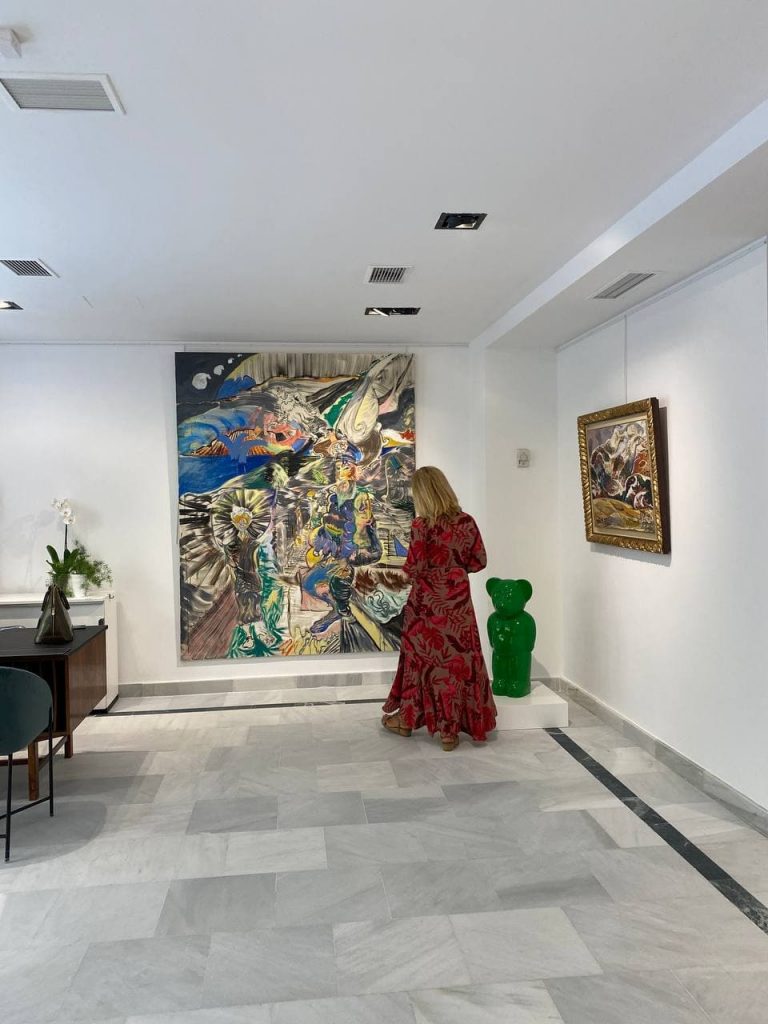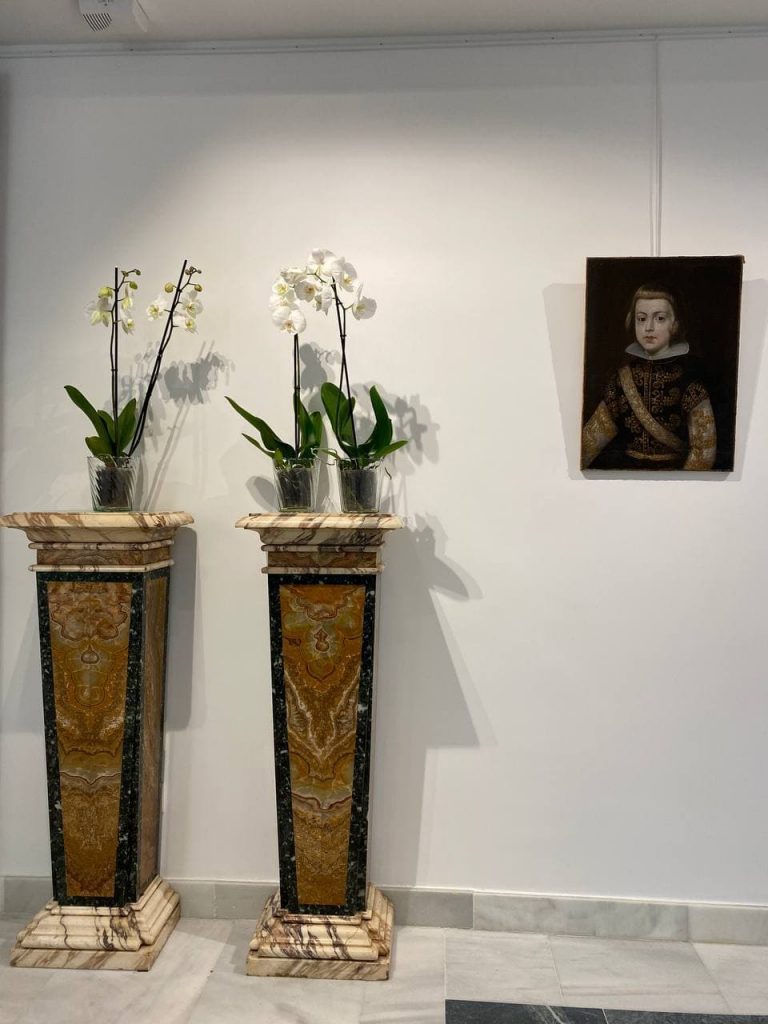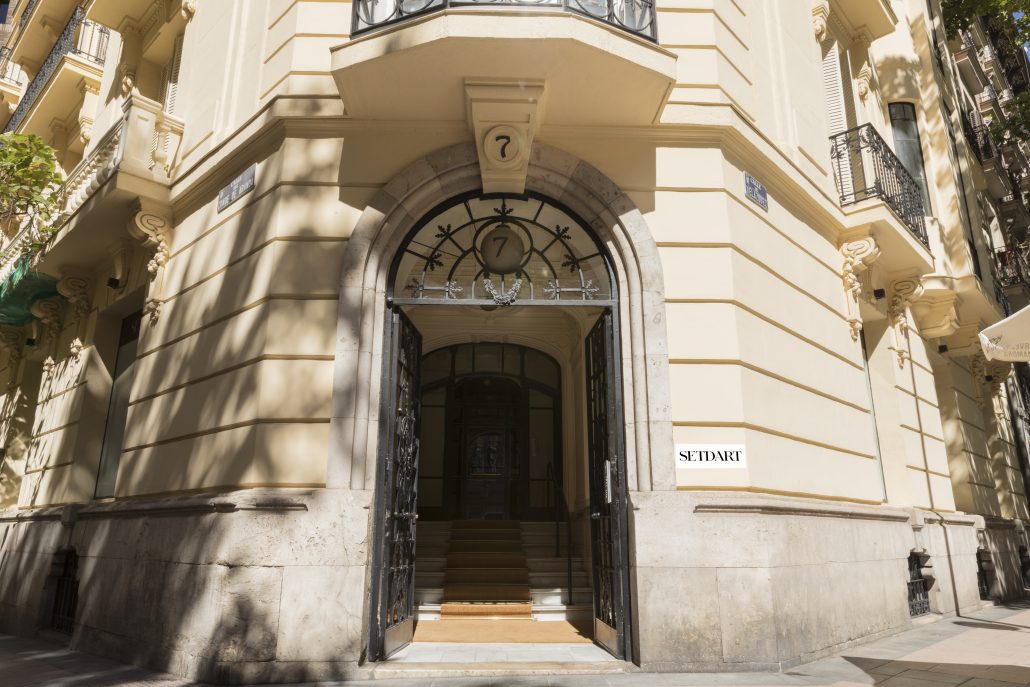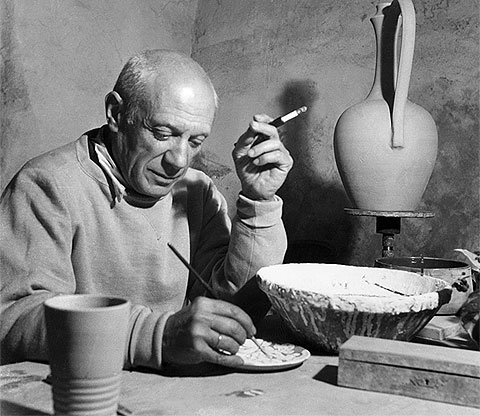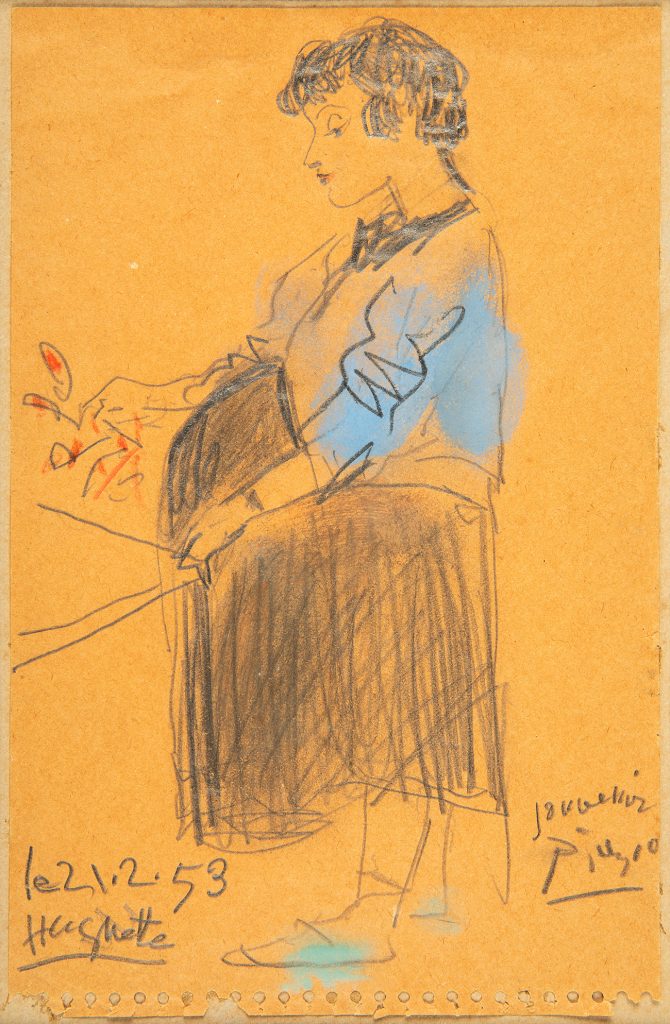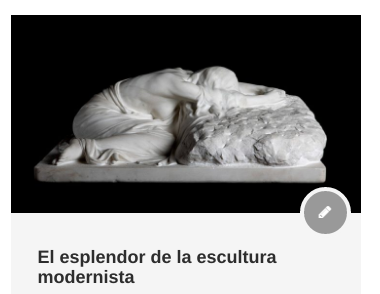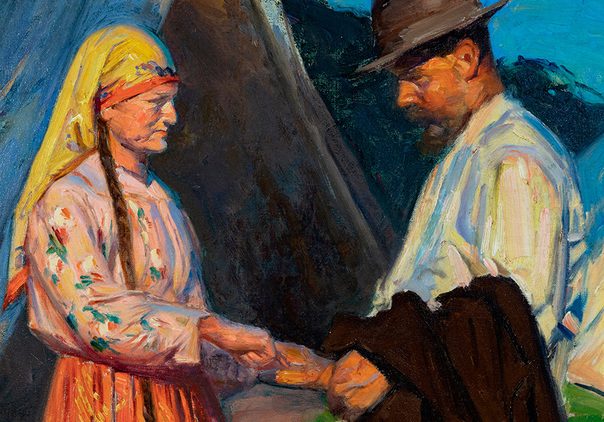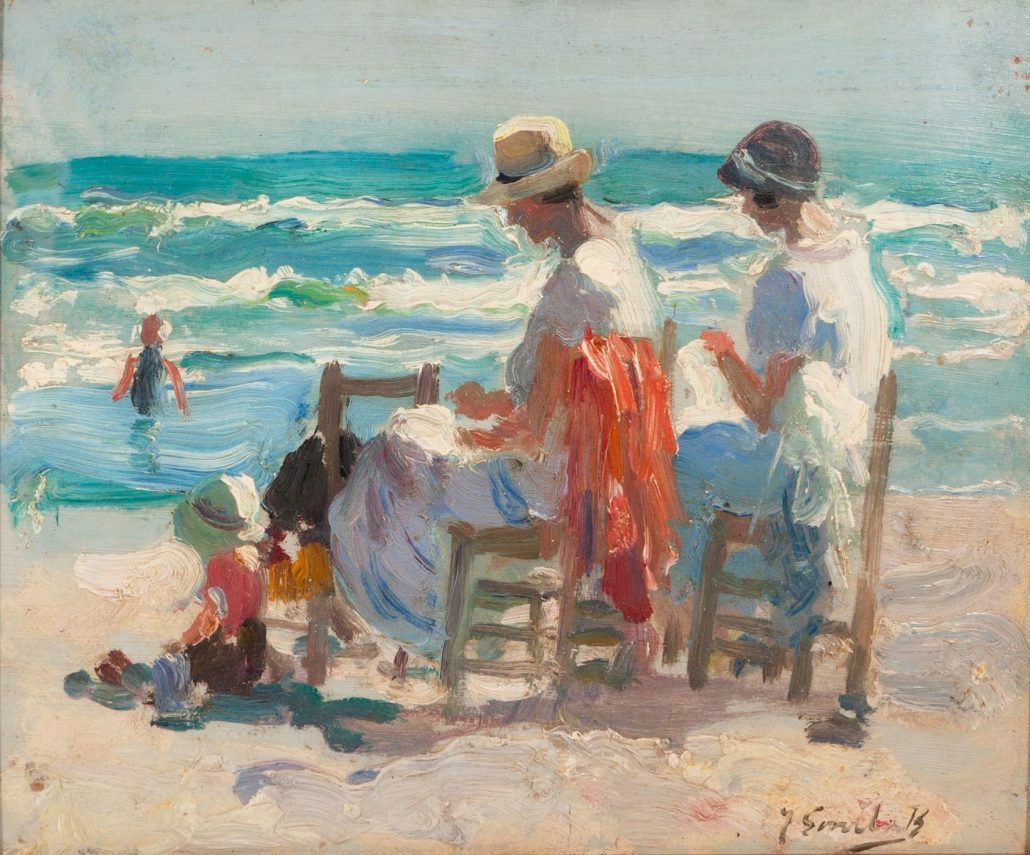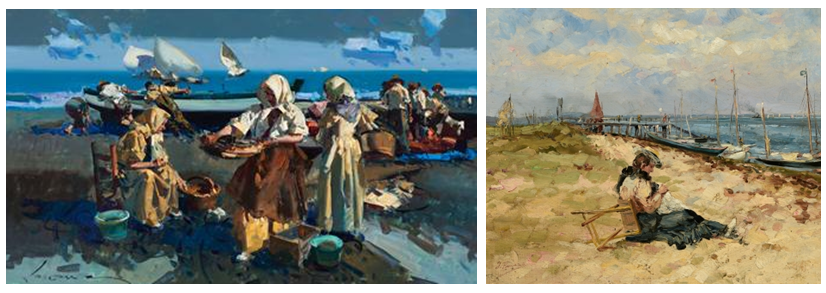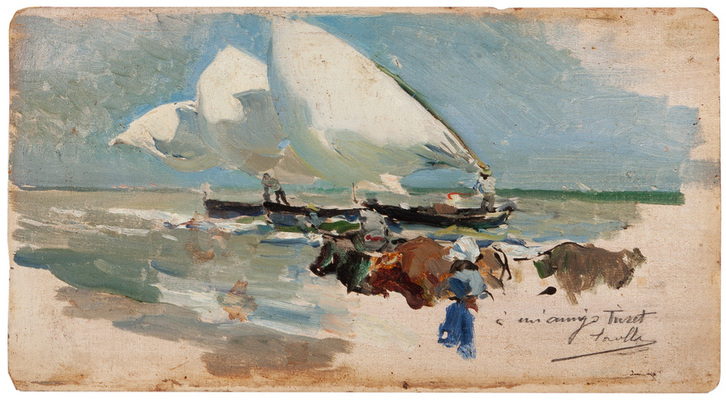New SetdartMadrid space
Setdart presents its new space in Madrid located in the cultural heart of the capital, at Calle Velázquez 7. It is strategically positioned within the so-called “Golden Mile”, as well as next to national museums and galleries, the main points of artistic interest in the city. The conception of the new room aims to break all the conventional schemes of auction rooms and sale of works of art.
Open and interconnected spaces are shown as a blank canvas from which the works emanate, gaining prominence by themselves. For all to see, its large and visible windows clearly reveal a pure and calm environment in which the brilliant simplicity and luminosity act as the perfect support for any type of piece. The distribution has been planned with the idea of creating different exhibition environments to, in this way, create a coherent and visually attractive discourse on the different thematic auctions.
Although Setdart has always opted for the online format, being a pioneer and a fundamental reference in this medium, the new headquarters offers an additional point. The combination of technology and the exhibition hall brings the public and the works even closer together, in this way grouping them in a suitable context and putting them more than ever within the reach of experts and curators, allowing to serve as a bridge between the market, the collectors. and researchers.
